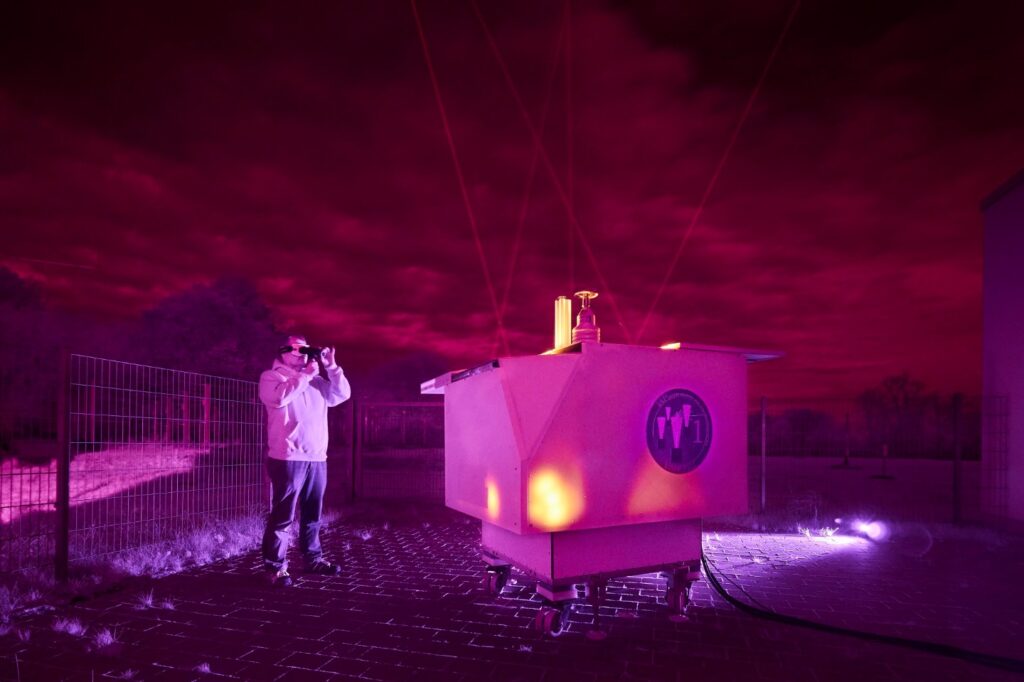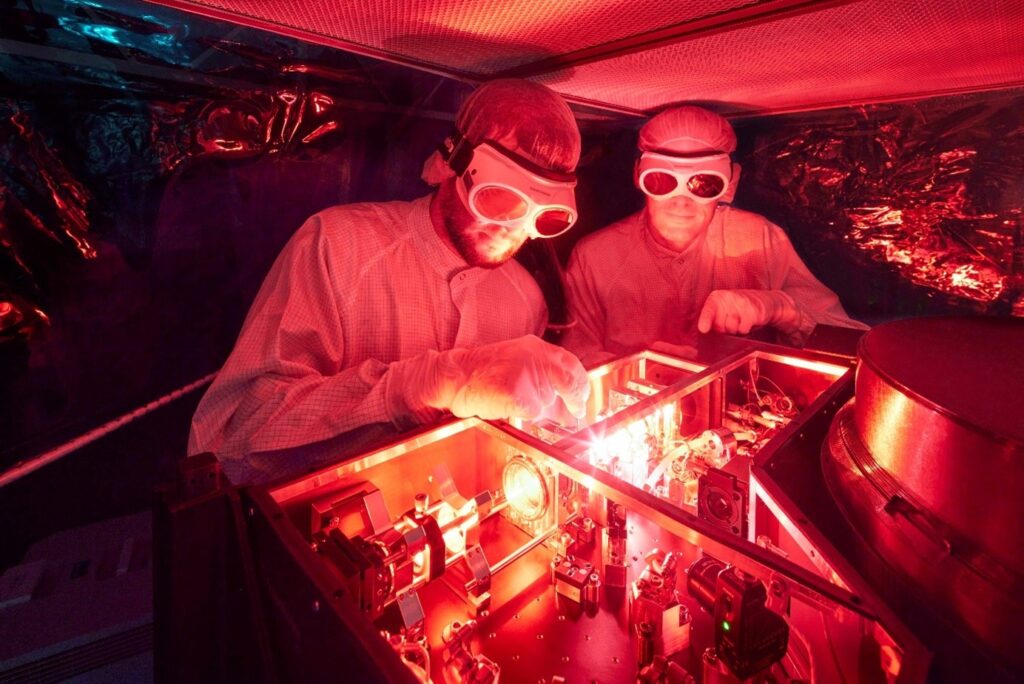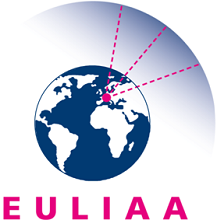The importance of understanding and monitoring atmospheric physics has increased drastically in recent years due to the anthropogenic impact on climate. One crucial research field is the understanding of wind and temperature distributions in the atmosphere to enhance climate models and improve weather forecasts.

There is currently a major data gap for continuous measurements above 5 km, which is the maximum height of commercial compact wind radars and lidars.
The goal of EULIAA is the development of a lidar array measuring autonomously the atmospheric wind and temperature from 5 km up to 50 km on a 24/7-basis over a long period of time (> 1 year without maintenance) and covering a large observation area (up to 10’000 km2). EULIAA’s lidar units are low-priced, compact, efficient, easily transportable, and autonomous thanks to low power requirements (by wind turbines or solar panels).
EULIAA will yield novel data sets in near real-time for implementation into European databases Copernicus and GEOSS, that will fill current data-gaps and help to monitor the effects of climate change and to evaluate climate protection measures.
The baseline technology was demonstrated in the first field campaign with a lidar system that operates in the IR and is currently being transferred to a European industrial partner.

Once the enhanced capability developed within EULIAA has been demonstrated and validated in difficult-to-reach regions (polar, equatorial, and mountain), with a high TRL (6–8), a business plan and roadmap for an European array will be produced, involving relevant industrial, standardisation, and end-user actors.
The EULIAA project (48 months and 3M€ grant requested) gathers 7 partners from 5 countries with experts in lidar and its subsystems, atmospheric observatories, and atmospheric data provider. It contains all the necessary disciplines to ensure the technological development, data transfer, and sustainable exploitation.
